What could be a company’s biggest tangible asset? No points for guessing. It’s undoubtedly a well-known and a loved brand. In a sea of competition, how can you make your product stand out for it to be called a “BRAND” is serious business?
“Every entrepreneur instinctively understands the need for uniqueness, but finding true distinctiveness proves to be a ‘catch me if you can’ kind of situation,”
With his vast media industry experience spanning over 17 years, Sharma knows the tricks of the trade and lists out the process of building a successful brand.
1. Align brand strategy with overall business objectives
Getting the brand strategy right so that it is aligned with the overall business objectives is half the battle won. Recognising business goals early on in the process will set the stage for developing a strong and unique brand. If you are clear on where you want to take your firm, your brand will help you get there.
2. Define your brand and its objective
To know a brand’s objective is to know its purpose. What is the reason for its existence, what it stands for, what is its personality like if it were a person?
3. Identify the target group (TG) and competition
Who all are most likely to buy your product? If you can crack this question, you have hit the blindspot bang on!!! Do not forget to establish an emotional connection with your audience.
Competition analysis is supremely important as it will help you understand what differentiates you from the competition. It will also help identify the loopholes in the market, unleash market trends, develop improved products, market, and sell more effectively.
4. Develop your brand positioning
The idea is to establish the image of the product so that the consumers perceive it in a certain way. For eg., positioning it as a luxury status symbol or focus on its cutting-edge technology… Ensure what you promise is what you deliver.
5. Develop your messaging strategy
The messaging strategy must intertwine with brand positioning and should be conveyed consistently. It must capture the most relevant points to grab the eyeballs of the prospective buyers.
6. Develop a name, logo, and tagline.
The company’s reputation is defined by its brand. The brand identity – its name, logo, and tagline must be in tandem with the company’s ethos.
7. Set a marketing budget
Plan the advertising mix-TV, print, radio, outdoor, or digital. If the goal is to reach the masses; TV Advertisement, outdoor, and newspaper advertising is recommended. TV Advertisement outperforms other mediums when the aim is to get instant brand visibility because of its unscalable reach and undivided audience attention. Hence, it’s inclusion becomes crucial in a media plan.
For a more focused approach, digital and content marketing strategies should be adopted. Allocating budgets for the appropriate promotional variables within the advertising mix to achieve the best marketing result poses a big challenge for advertisers.
8. Create effective content around the brand
Today’s audience is smart and well-informed. They want to know the inside-out of the brand they have set their minds on. Here, content marketing comes into play as it not only increases awareness but also educates the consumer on product nuances. For starters, the website is the most important brand-building tool. It is like a window to the offerings you have for the world out there. The more relevant and well optimised the content is, the more likely it is to reflect in your SEO efforts so the prospects spot you no matter what.” A well-shot Corporate Video also serves the same purpose as a website does only in a video format, is much more interactive and easier to remember. It should be the future of a brand storytelling process in the time to come” Sharma points out.
Creative content like youtube ads, social media posts, blogs, etc also helps in lead generation. “Astute marketers convert run-off -the mill information and transform it into a sensational narrative that has a character, argument, and hidden call-to-action.” Sharma quips.
9. Hire a Media planning Agency
Agencies know the best market practices and how to maximise your budget to yield effective results. Also, it is always good to get an outside perspective for a balanced approach.
10. ROI Monitoring
Any investment is a mere expenditure if it does not lead to profitability. Discuss with your agency on how to generate ROI through advertising. “Keep a track if advertising is worthwhile, reach the right conclusions, and make appropriate adjustments to achieve the overall business goals” he concludes.




